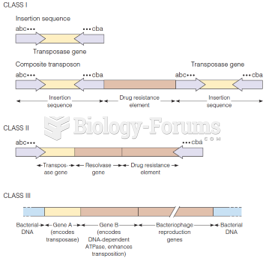Answer to Question 1
Correct Answer: 2
The Theory of Reasoned Action/Planned Behavior is a prediction theory based on the assumptions that behavior is under volitional control and that people are rational beings. The theory also suggests that individuals are more likely to participate in healthy behaviors if they believe the benefit outweighs the cost of the behavior. Self-efficacy refers to how confident individuals are in their own ability to perform a behavior, and is part of the Health Belief Model, not its own theory. The Health Promotion Model depicts people as multidimensional in interactions with their environments, and focuses on variables that impact behavior. Variables that impact behavior include personal factors such as age, strength, and agility; cognitive factors such as an individual's perceived benefit of a health-promoting action; and intrapersonal influences such as the influence of family members, friends, or a health care provider. The Health Belief Model relates to cues to action. The cues to action in this model refer to internal and external stimuli that motivate a person to participate in health-promoting behavior. An example of a cue to action is a female getting yearly mammograms due to a family member having breast cancer.
Answer to Question 2
Correct Answer: 1
The CDC recommendation for physical activity for children and adolescents, ages 6 to 17, are: 1 hour or more of physical activity every day with most of the hour consisting of moderate- or vigorous-intensity aerobic activity. The CDC also recommends that during the daily hour of physical activity, muscle- and bone-strengthening activity should each be included at least 3 days per week. Only the child who plays soccer each day meets the recommended activity levels for age. The 10-year-old is exercising only 15 minutes once per week. The 8-year-old is exercising 60 minutes per day, but only three times per week, which does not meet the criteria for 60 minutes of daily exercise. The 9-year-old is only exercising for 20 minutes 5 days while playing kickball and 2 days of basketball, which does not meet the minimum criteria.







